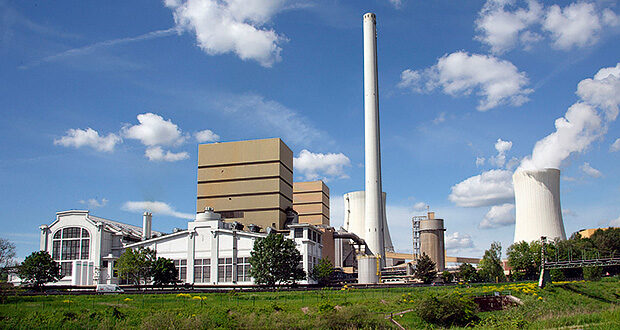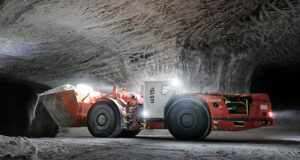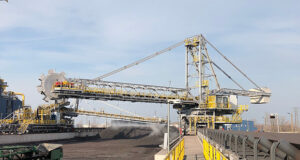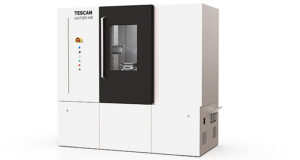The energy company STEAG GmbH, Essen/Germany, the energy technology company Siemens Energy, Munich/Germany, the grid operator Creos Deutschland GmbH, Homburg-Saar/Germany, the Saarbahn public transport company, Saarbrücken/Germany, and the SHS steel companies (Stahl-Holding-Saar with its companies Dillinger and Saarstahl), Dillingen/Germany, developed a joint project idea aimed at establishing a cross-border and prospectively green hydrogen economy. Together, the project partners submitted an application to the German Federal Ministry for Economic Affairs and Energy (BMWi) for funding of the project as an important hydrogen project of common European interest – IPCEI for short (Figure 1).
On 28th May 2021, Federal Economics Minister Peter Altmaier announced that the project proposal had successfully passed the first selection round. The project is now invited to participate in the second phase, the so-called match making at the European level.
A drop of bitterness was the announcement made during the press conference that the Saarbahn project component will, for the time being and within the framework of the IPCEI selection procedure, remain without a positive decision. However, when asked, Altmaier stated at the press conference that this in no way meant that this part of the project would remain entirely without funding. Instead, talks were underway with those in charge in order to find alternative solutions.
The six partners see this overall good news as a confirmation of their joint approach to establishing a hydrogen economy in a cross-border European network: “The decision shows that we are on the right track when it comes to hydrogen,” says Jens Apelt, Managing Director of Creos Deutschland. Especially the cross-sectoral combination of hydrogen production, transport and use for the decarbonization of industry and mobility was a big plus of the joint project. “This is why the project partners are also counting on a solution being found for the part of the project concerning the Saarbahn public transport provider, because the positive aspects of the project network result precisely from the cross-sectoral interaction of the individual sub-projects,” Apelt says. The principle that the whole is more than the sum of its parts applies here.
“We are pleased that the IPCEI project “H2Syngas” submitted by SHS – Stahl-Holding-Saar has cleared the first hurdle in the funding procedure and is now being considered at EU level. With the innovative H2Syngas technology, the SHS Group with its companies Dillinger and Saarstahl is taking the next important step on the way to CO2-neutral steel production and further reducing its CO2 emissions,” says Jonathan Weber, Managing Director of SHS – Stahl-Holding-Saar and COO of Dillinger and Saarstahl.
For the further procedure leading to a notification for the selected projects, i. e. the EU Commission’s approval under state aid legislation, the partners are counting on the joint project continuing to convince with its transnationality and diversity on the offtake and consumption sides. “After this decision, we are more convinced than ever of the joint development perspective,” says Ralf Schiele, STEAG’s Director responsible for Market and Technology.
The decision comes with the hope that the further decisions will be taken in the near future, especially as regards the prospective alternative funding for the Saarbahn project part, so that the partners can start working on the implementation of the project as soon as possible. “We’re in the starting blocks. The sooner we know about it, the sooner we can get down to implementing the project. And the sooner it is implemented, the sooner the Saarland, which is so rich in tradition as an energy location, will benefit from this pioneering project not only economically but also ecologically thanks to the avoided CO2 emissions,” explains Schiele. For Saarland, this means nothing less than the chance to establish itself as a pioneer of a successfully developed hydrogen economy.
All project partners are determined to seize this important opportunity, not only for the companies involved, but for the Saarland as a whole. (STEAG/Si.)



